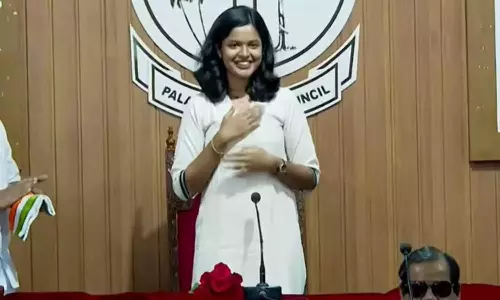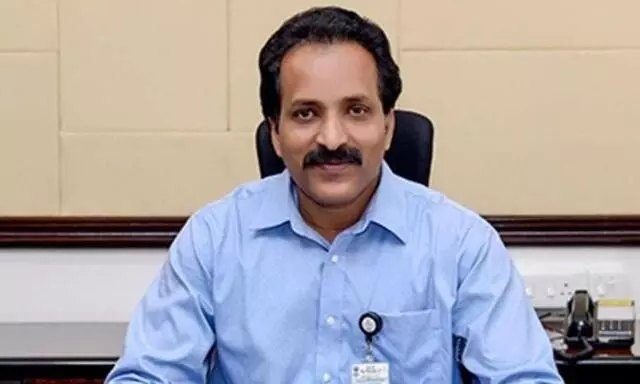
ISRO developing "intelligent" communication satellites: Chairman
text_fieldsNew Delhi: The Indian Space Research Organisation (ISRO) is developing "intelligent" geostationary communication satellites that can be reconfigured by changing frequencies and bandwidth as per the demand profile from customers, Chairman S Somnath said on Monday.
He said, "We are also looking at certain intelligent Geosynchronous satellites (GSAT) in the years to come, which we will be able to reconfigure and remodel based on the demand. This is already a subject of discussion on our design front," PTI reported.
Geosynchronous Satellites are the mainstay of India's communications requirements in diverse sectors, including telecommunications, television broadcasting, satellite news gathering, societal applications, weather forecasting, disaster warning, and search and rescue operations.
The chairman was interacting with reporters after the nationwide launch of Hughes Communications' High Throughput Satellite Broadband Service.
According to him, the 'intelligent' GSATs would allow the shaping of spot beams, which are targeted, high-power radio signals sent by satellite, as per the demand from customers and would also allow the shaping of antennas receiving the beams.
The coverage area is smaller for spot beams, reducing the risk of interference with other transmissions using the same frequencies as well as an interception by third parties.
Somnath said, "The future satellites that we are going to put in orbit will be different where you will be able to shape the beams as per the demand or even change the frequency or even change the bandwidth as per the demand profile on what exists on the ground on a dynamic basis."
He added that these will be software-driven high throughput satellites and will be built in future.
Further, he said that though ISRO would do a technology demonstration internally, it would encourage the private sector to build and market such services.
"We would like to put it as a commercial product and not as a technology demonstrator. Of course, we will do technology demonstration internally to satisfy ourselves, but we would like to offer it as a commercial solution for a user immediately," he said.
However, he did not give a timeline for the launch of the 'intelligent' satellites.























